
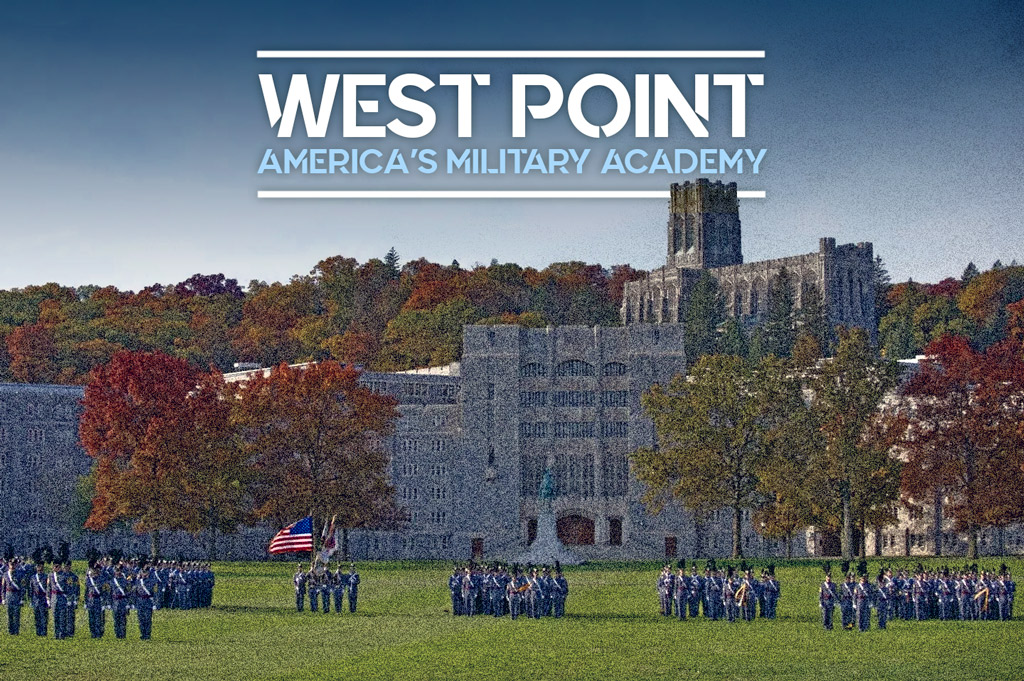
Situated on the western bank of the Hudson River, West Point Academy holds a celebrated position in American history as a mainstay of military excellence and leadership. Since its establishment in 1802, West Point has evolved from a modest garrison intended to prevent a British invasion to a premier military academy, shaping the leaders who would play essential roles in the formation and defense of the United States.
This article explores West Point Academy’s rich history, shedding light on its founding principles, notable alums, and the significant contributions it has made to military strategy and American society.
History Of West Point
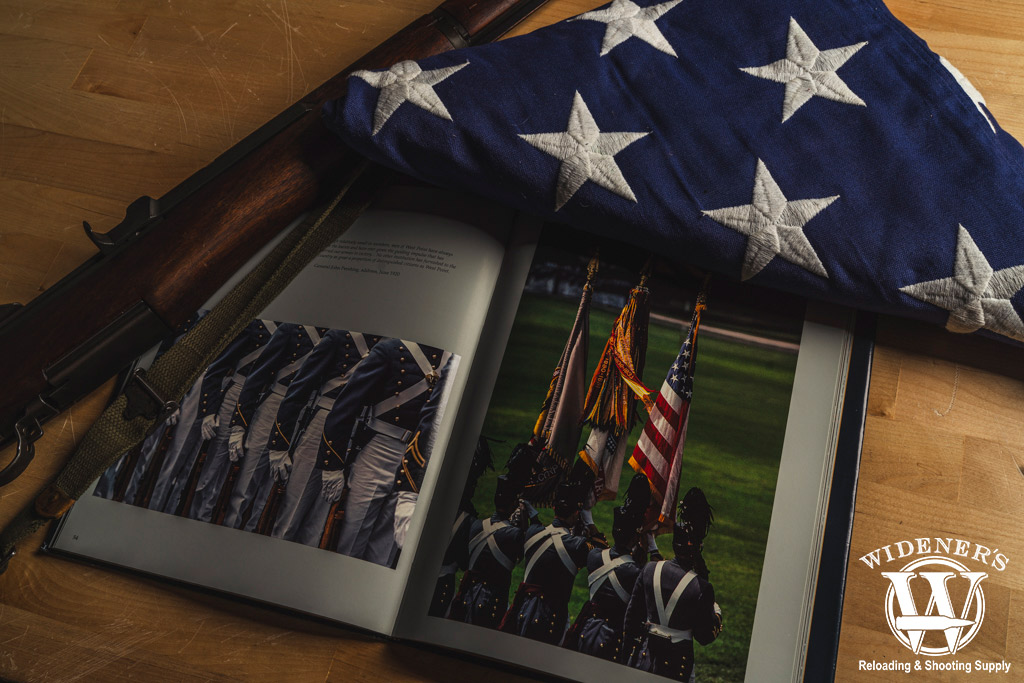
Established in 1802, the United States Military Academy at West Point remains America’s oldest service academy.
The United States Military Academy at West Point is deeply rooted in American history. It is America’s oldest continuously occupied military post. Its establishment by the country’s earliest military leaders—primarily General George Washington—was crucial in breaking free from England’s domination.
American Continental soldiers built forts, gun batteries, and a 65-ton iron chain across the Hudson River to block British invasions. This strategy was successful since the British never captured West Point.
Over the years, West Point has evolved into a premier military training ground. It has also been a venue for shaping future leaders who have played pivotal roles in forming the country. Its alum list is a testament to this, featuring the likes of Ulysses S. Grant, Robert E. Lee, George Patton, Jr., and Dwight D. Eisenhower.
Beyond its military contributions, West Point’s emphasis on honor and duty has instilled values that have profoundly influenced American society. This legacy continues to inspire.
The Father Of The Military Academy
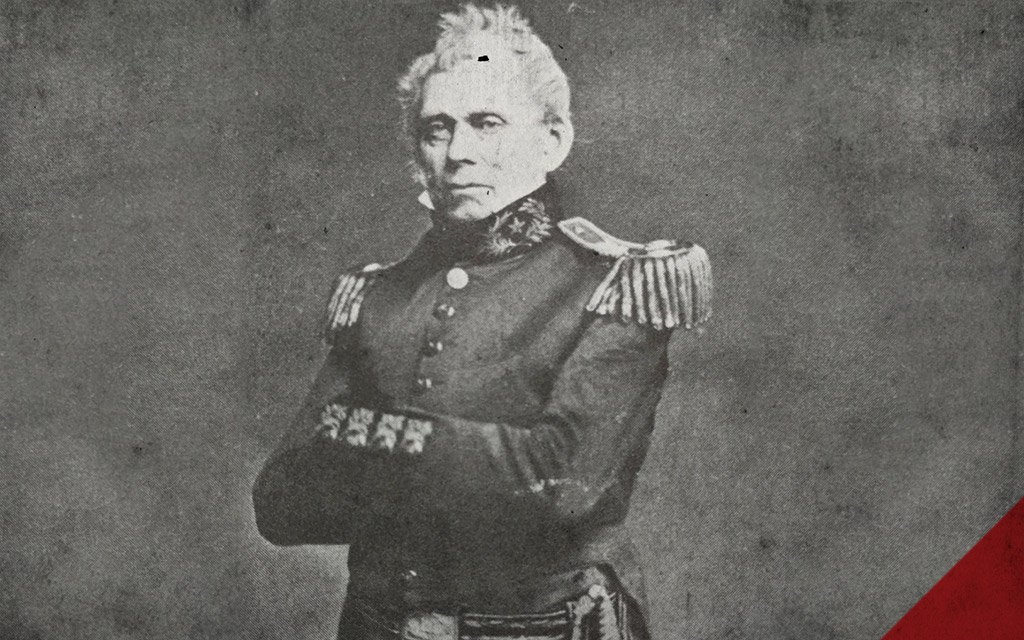
Brigadier General Sylvanus Thayer is regarded as the “Father of the Military Academy.”
Sylvanus Thayer is often called the “Father of the Military Academy.” He significantly transformed West Point after being appointed its superintendent in 1817. He did this by implementing rigorous academic and ethical standards and reshaping the Academy’s curriculum to emphasize engineering and disciplined military training.
Thayer’s visionary leadership and reforms ensured that West Point produced highly competent and morally grounded officers, laying the foundation for the Academy’s long-standing reputation for excellence. His contributions to military education have left an indelible mark on the U.S. Army and the nation’s history.
Graduates in the History of West Point Who Served During Times of War
West Point has significantly influenced the leadership of the United States Army and its strategic operations during wars, including its contributions during the Civil War and World Wars. Since its establishment, West Point has been a repository for military leadership. Imbuing its cadets with the values of duty, honor, and country, it prepared them for the challenges of command and warfare.
The Civil War
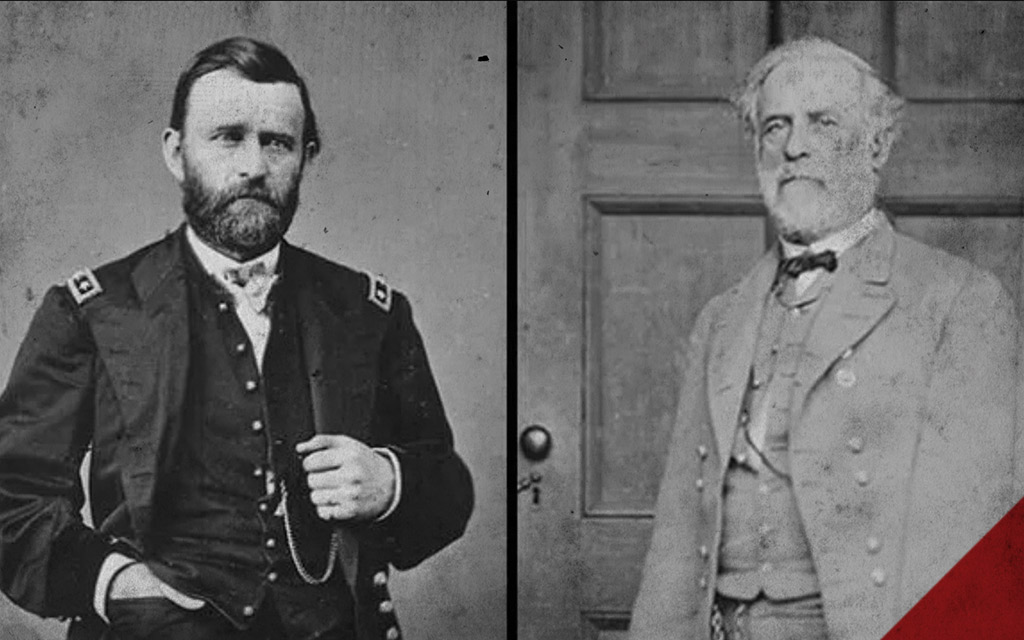
Both Civil War generals, Robert E Lee (Right), and Ulysses S Grant (Left), were graduates of West Point Military Academy.
During the Civil War, West Point graduates were on both sides of the battlefield. Alums like Generals Ulysses S. Grant (class of 1854) and Robert E. Lee (class of 1829) took command of the Union and Confederate forces, respectively. Their leadership qualities, honed at West Point, affected the conduct and outcome of the war.
World War I
Moving into the 20th century, the World Wars saw an even greater demand for well-prepared military leaders. General John J. Pershing, a West Point graduate in 1886, commanded the American Expeditionary Forces on the Western Front in World War I. He played a considerable role in the final Allied offensive that ended the war.
World War II
Following the conclusion of the Great War, West Point initiated an extensive curriculum transformation. They responded to the rapid advancements in science and technology, and younger leaders with forward-thinking ideas emerged.
Brig. Gen. Douglas MacArthur (class of 1903) was superintendent from 1919 to 1922 and incorporated his combat knowledge into the training regimen. This included a vigorous physical conditioning program and combat drills reflecting the realities of contemporary warfare. He mandated that ‘every cadet [become] an athlete’ and established intramural programs to achieve this goal. In 1922, he also initiated the cadet-run Honor System.
The Army and West Point faced significant financial constraints between the World Wars. Yet this period also witnessed remarkable progress, mainly due to the exceptional leadership qualities of West Point graduates.
The early 20th century saw the rise of future commanders such as MacArthur, Joseph ‘Vinegar Joe’ Stilwell (1904), Jonathan Wainwright (1906), pioneering Air Force leader Henry ‘Hap’ Arnold (1907), George Patton (1909), Dwight Eisenhower (1915), and Omar Bradley (1915). These distinguished graduates played a pivotal role in meeting the leadership demands of World War II.
With the outbreak of World War II, West Point entered a new era of hands-on military education. Approximately one-third of the Corps of Cadets received flight training at the nearby Stewart Field in Newburgh, marking a significant shift in the school’s approach to military training. West Point alumni were at the forefront of nearly all considerable ground and U.S. Army Air Force formations during the conflict. Their leadership was instrumental in many of the war’s engagements.
However, this global conflict came at a high cost. Over 600 members from the esteemed ranks of West Point’s “Long Gray Line” lost their lives in service across various war theaters.
West Point’s Plan For The Future
West Point’s modernization plan to address the dynamic needs of future military leadership places a high value on the cadet’s role. It emphasizes a holistic approach to education and infrastructure. West Point recognizes that tomorrow’s leaders must be adept in military tactics, technology, and strategic thinking. The plan includes an overhaul of the curriculum to include more STEM (Science, Technology, Engineering, and Mathematics) subjects, cyber warfare training, and courses in strategic leadership. This curriculum shift ensures that graduates are well-equipped to handle the complexities of modern warfare and peacekeeping missions.
The Academy has announced significant upgrades to its physical infrastructure as part of the modernization plan. These include space for advanced cybersecurity and defense technologies research, modernized living quarters, and training facilities that simulate current battlefield conditions. These upgrades should enhance the cadets’ learning experience and prepare them for future challenges.
These improvements aim to enhance the learning environment and attract top talent. These efforts reflect West Point’s commitment to maintaining its status as a premier source of United States Army officers.
History Of West Point: Legacy
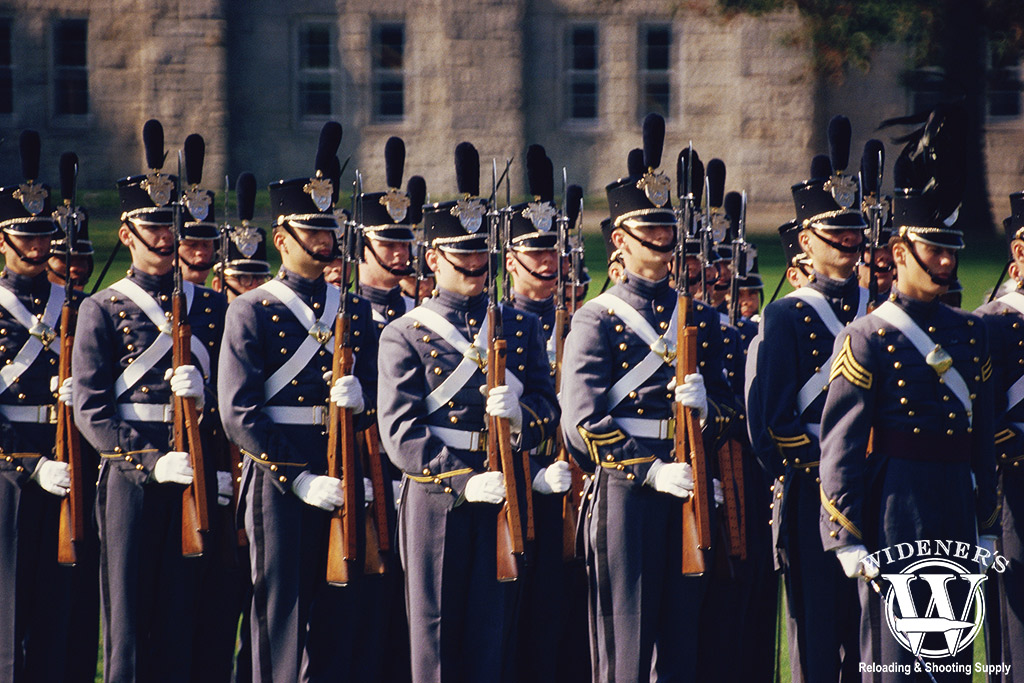
Duty, Honor, Country: West Point trains the next generation of army elite to serve as leaders both in, and out of uniform.
West Point is a bastion of military tradition and a testament to the evolving nature of leadership and education in America’s history. It reflects the resilience and adaptability that characterize the American spirit. From its humble beginnings as a strategic fort during the Revolutionary War, it became an elite institution that molds the nation’s future leaders.
West Point’s storied past and the trials and achievements of those who walked its halls continue to inspire a sense of duty, honor, and commitment that transcends the battlefield and shapes society’s broader landscape. As West Point adapts to the challenges of modern warfare and technology, it remains a symbol of excellence and a source of national pride, forever integral to the narrative of the United States.


